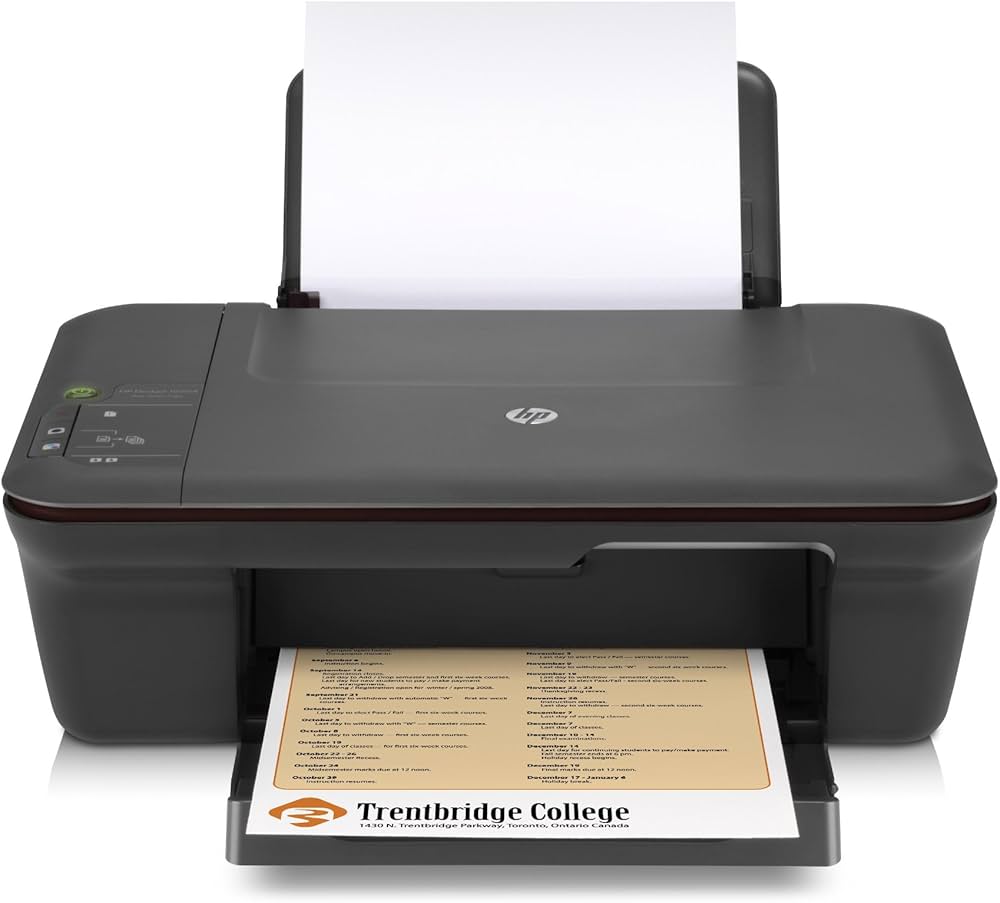Before the Xerox machine, duplicating documents was, to put it mildly an occasional dispute. From carbon paper smudges, to duplicators made of spirit, the process was messy and labor-intensive.
In 1938, patent attorney Chester Carlson patented what would later be called the photocopier. His process was called electrophotography and it involved using a light-sensitive zinc plate with sulfur powder, as well as bright lighting.

Chester Carlson xerography
In 1937, a man named Chester Carlson began experimenting with the idea of a new way to copy documents. The inventor was already a serial inventor and kept notebooks full of sketches from high school. He was employed in a variety of ways to provide for his disabled parents and his young family, such as cleaning the floors of the printing business.
Carlson wanted to discover a low-cost and simple method to duplicate papers. Photostats and memeographs require expensive chemicals and papers. Carlson wanted to create a machine capable of making multiple copies without the requirement for a master.
Carlson After many experiments in the kitchen, came up with an approach that utilizes static electricity to transfer images from one sheet of paper to another. He called the process electrophotography, and registered the technique in 1942. In the time, he knocked at the doors of a number of large corporations to seek money to develop his idea. He was denied by GE, RCA and IBM.
Carlson eventually sought the assistance of Battelle Memorial Institute, which offered to serve as his agent and to pay for more research. The institute honed Carlson’s method in 1945, and named it xerography. The word xerography comes from Greek words meaning dry and writing. In 1948 the name was reduced into Xerox. This was the beginning of the multi-billion dollar copying industry.
Development of photocopiers and the evolution of photocopiers
Photocopiers remain an essential piece of equipment in numerous offices, despite the fact that they’ve been replaced by digital devices. The copy machine is among the most frequently utilized machines throughout the world. The story of the machine that copies is an intriguing tale of technological innovation.
The first photocopier was developed by Chester Carlson, an American patent attorney and physicist who wanted to create copies of documents in a short time. Before Carlson’s invention, multiple copies had to be made by hand or shipped out to make photographic duplicates. Carlson tried electrophotography, which later came to be known as xerography. The method he developed created images by using static electricity to transfer an image onto the paper surface. The method, initially known as electrophotography, was renamed to xerography, in honour of the Greek words for dryness (xeros) and writing (graphein).
The first copy machines made by Carlson were very similar to current photocopiers but they were limited in their features. They used a photoconductive surface that was inserted into a hollow cylinder. A small amount of current was then passed through the surface. It is typically a drum made of selenium. When the document is placed on the drum mirrors reflect light off of the paper onto the drum’s photoconductive surface. The image is then copied wherever the paper touches the drum. The resultant copy is glued to a sheet of paper.
Xerox 914 first photocopier
In 1959, Xerox introduced the 914 which was the first machine that could reproduce plain paper. It revolutionized office work. The Xerox was a massive undertaking that took more than one year to create, and cost a fortune. Xerox chose to rent the machine rather than sell it, which allowed them to create long-term regular income. Customers would rent the machine for a flat fee of $25 per month, and buy paper and toner (ink) for a price of about 5 cents each. The model was based on the importance of customer service, and it was a massive hit.
Chester Carlson began experimenting in 1938 on a method of transferring images onto paper by making use of static electricity. Also, he used dry powder. After consulting a linguist the inventor decided to name his process Xerography which translates to “dry writing” (in Greek) in Greek. The name was registered in 1948, and Xerox began manufacturing the machines that became synonymous with photocopying.
In the 60s and 70s, Xerox dominated the copy machine market, making photocopying as commonplace as the Swingline stapler or Bic pen. In the 1980s the company began to shift its focus because of antitrust laws and the competition of new manufacturers. Xerox aimed to become an established business partner delivering digital technologies and services to companies. It wanted to move beyond the realm of hardware manufacturing. Despite the shifts, Xerox remains a household brand and one of the most well-known brands in America.
Digital copiers development
The digital copier industry although it has progressed a lot from Chester Carlson’s experiment in the kitchen in the 1950s has many hurdles to overcome. For instance, the widespread use of copying machines has caused a resurgence of intellectual property issues, as well as worries about the exposure of bright light. Technology and security measures will help in resolving these problems. Digital copiers also have the ability to provide better functionality via the integration of office networks and documents management systems.
Carlson’s “electrophotography”, or dry writing, became a roaring success and soon the Haloid Company followed suit. It was this company that commercialised the Xerox 914, one of the first ever copier machines that hit the market.
Thue may photocopy hcm have become an essential part of modern office. The ability to create copies in only seconds has significantly increased productivity. Furthermore, digital copiers permit users to take pictures of documents and save them. Images can be printed, saved or emailed, and then saved.
Analog copiers aren’t as well-known, but they’re still utilized in specific scenarios or regions with limited access to modern technology. Digital copiers are still an extremely popular option for businesses all over the world despite the increasing trend towards the digitization of business and its versatility. Copiers are available in a variety of types, from tiny and compact to big, heavy-duty.

